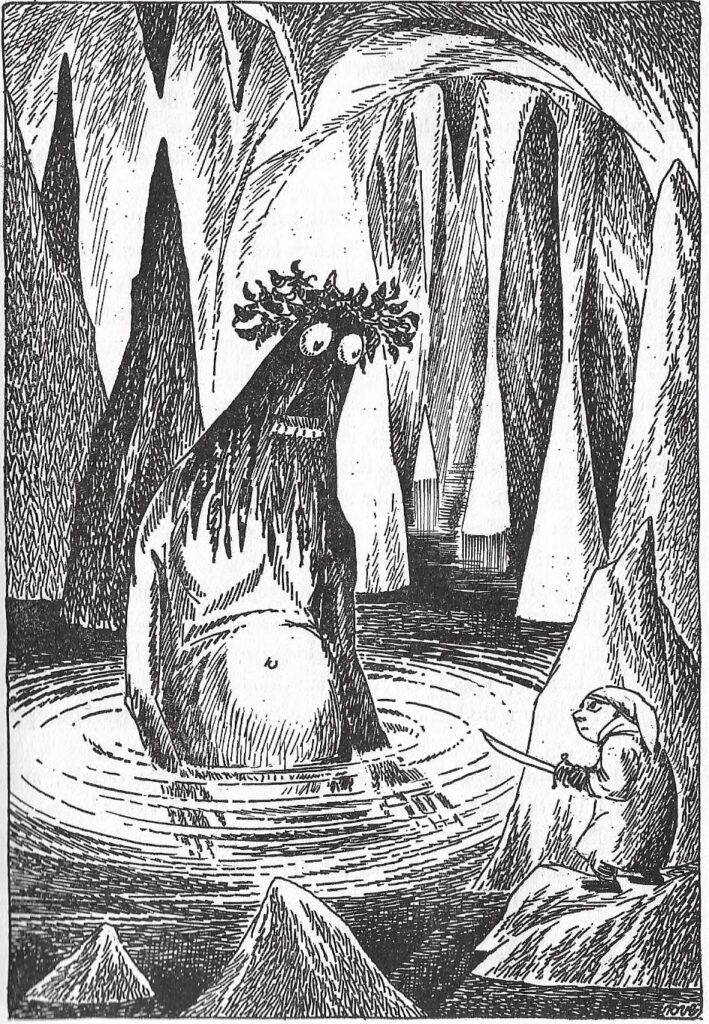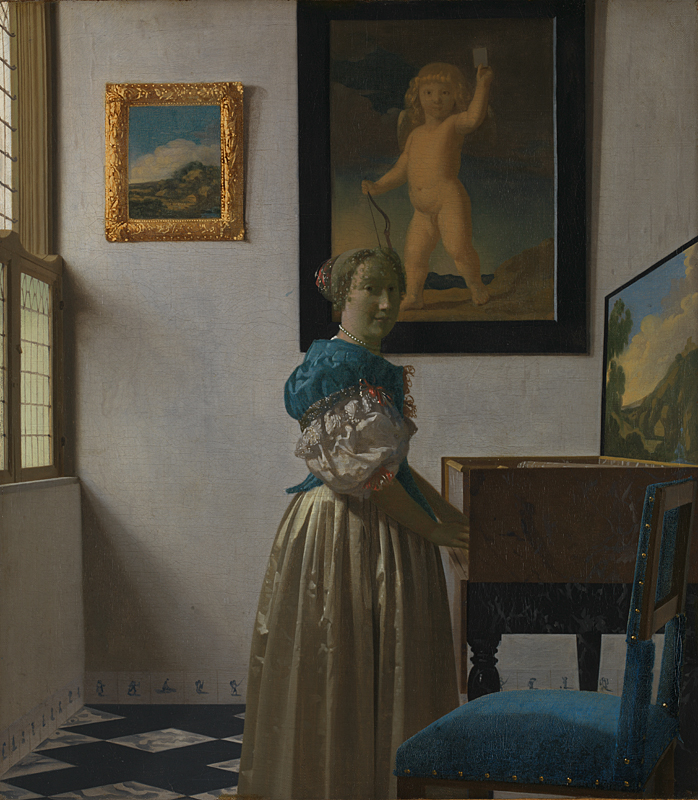The Internet is a place where the ancient past and the modern and trend-driven can collide and produce wondrous things. The concept of ASMR (autonomous sensory meridian response) took off in 2007, describing the pleasurable tingling response from various stimuli, such as whispering, or quietly being read a story, or listening to the closely mic’d sounds of paper. There are currently some 13 million ASMR video channels on YouTube.
Meanwhile, the idea of the Zen garden is about 800 years old, and at the center of its care and upkeep is a quiet, mindful practice that mirrors meditation. Unlike classic Western gardens that brought symmetry and mathematics into their design, Japanese gardens recreated a sort of curated chaos. A Zen garden takes this idea further, making its centerpiece a rock garden that is raked into patterns to mimic water. They are also small and meant for individual contemplation.
Artist-Designer Yuki Kawae combines the two with his series of videos on his YouTube channel. In close frames, he takes his rakes and creates patterns and fractals in sand around a series of stones. The sound of sand and rake and ringing bowl make for a very meditative experience. The confidence and beauty of his steady hand are mesmerizing, but you could also just listen to the audio.
Kawae is based in the Bay Area and told Colossal that the practice came out of the anxiety of life in 2019:
I was quite overwhelmed with day-to-day tasks and what are the ‘expected’ next steps in life…One day, I realized all of those thoughts were completely gone when I was gardening, pruning, watering, and re-potting the soil. That process let me be clear-minded somehow, and it was very calming and refreshing.
You don’t have to be a Zen monk to realize the calming effects of gardening—-ask anybody who tends to their garden weekly. But there is something special in the minimalism of the sand and the rake and the rock. Kawae’s “garden” is only coffee table sized.
Sand is also a good material in which to practice mutability, says Kawae: “All the zen garden patterns are not permanent, and they get erased to start a new one. It is temporary like many things in life. It taught me about what not to overthink as what I am stressing about may also be temporary.”
Meanwhile on YouTube there are others working on Zen gardens. The Kikiyaya Forest Dwelling and Zen Garden is actually located in the Netherlands and the owner posts her raking adventures on YouTube.
And for those who would like to hear from an actual Zen master and gardener, this hour-long presentation from Shunmyo Masuno—one of Japan’s leading landscape architects and an 18th-generation Zen Buddhist priest—will fill in the philosophical details.
I’ll leave the last word to 13th century Japanese Zen master, writer, poet, and philosopher, Dogen Zenji: “Working with plants, trees, fences, and walls, if they practice sincerely they will attain enlightenment.”
See you in the garden!
via Colossal
Related Content:
What Is a Zen Koan? An Animated Introduction to Eastern Philosophical Thought Experiments
Take a Break from Your Frantic Day & Let Alan Watts Introduce You to the Calming Ways of Zen
The Zen of Bill Murray: I Want to Be “Really Here, Really in It, Really Alive in the Moment”
Ted Mills is a freelance writer on the arts who currently hosts the Notes from the Shed podcast and is the producer of KCRW’s Curious Coast. You can also follow him on Twitter at @tedmills, and/or watch his films here.









